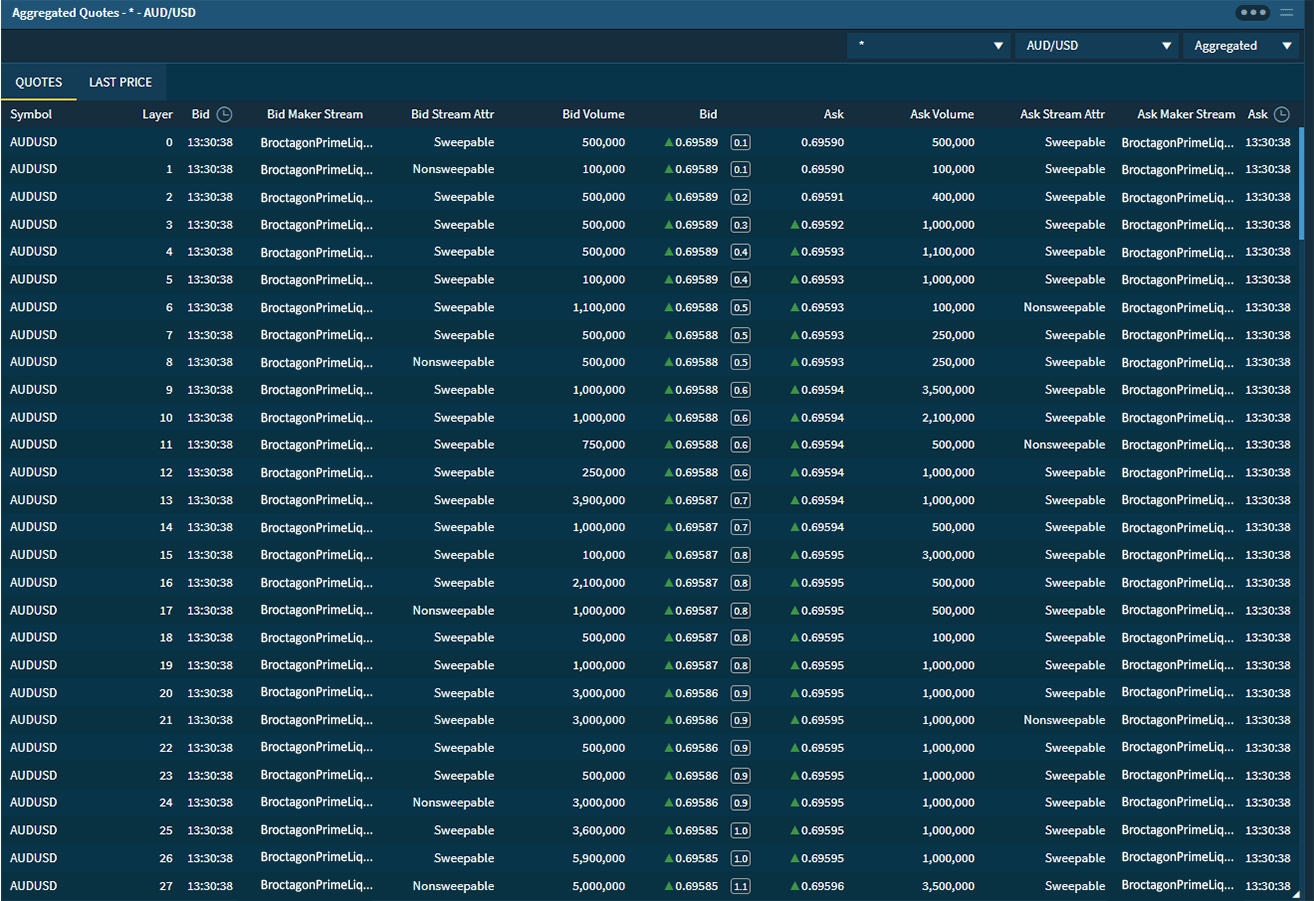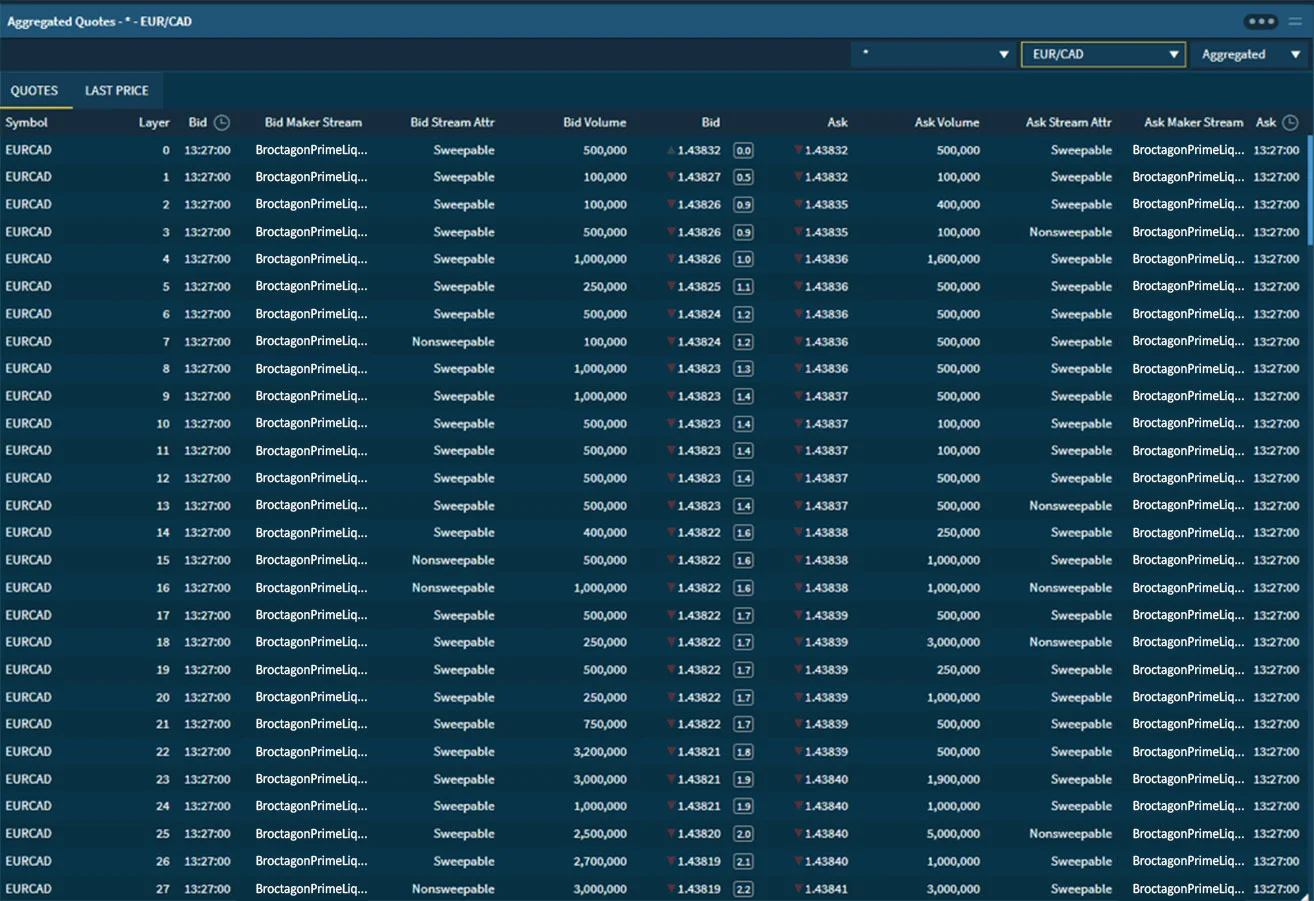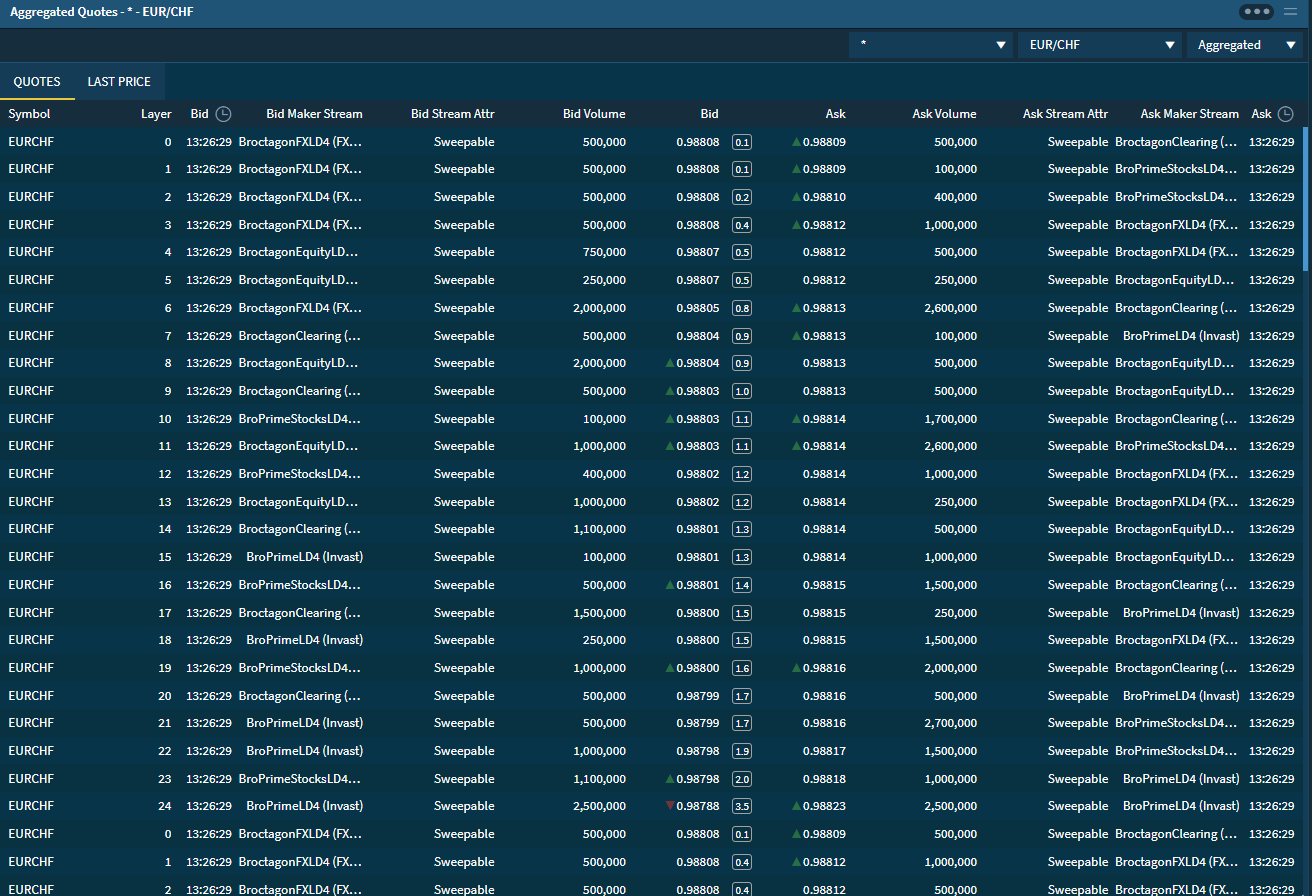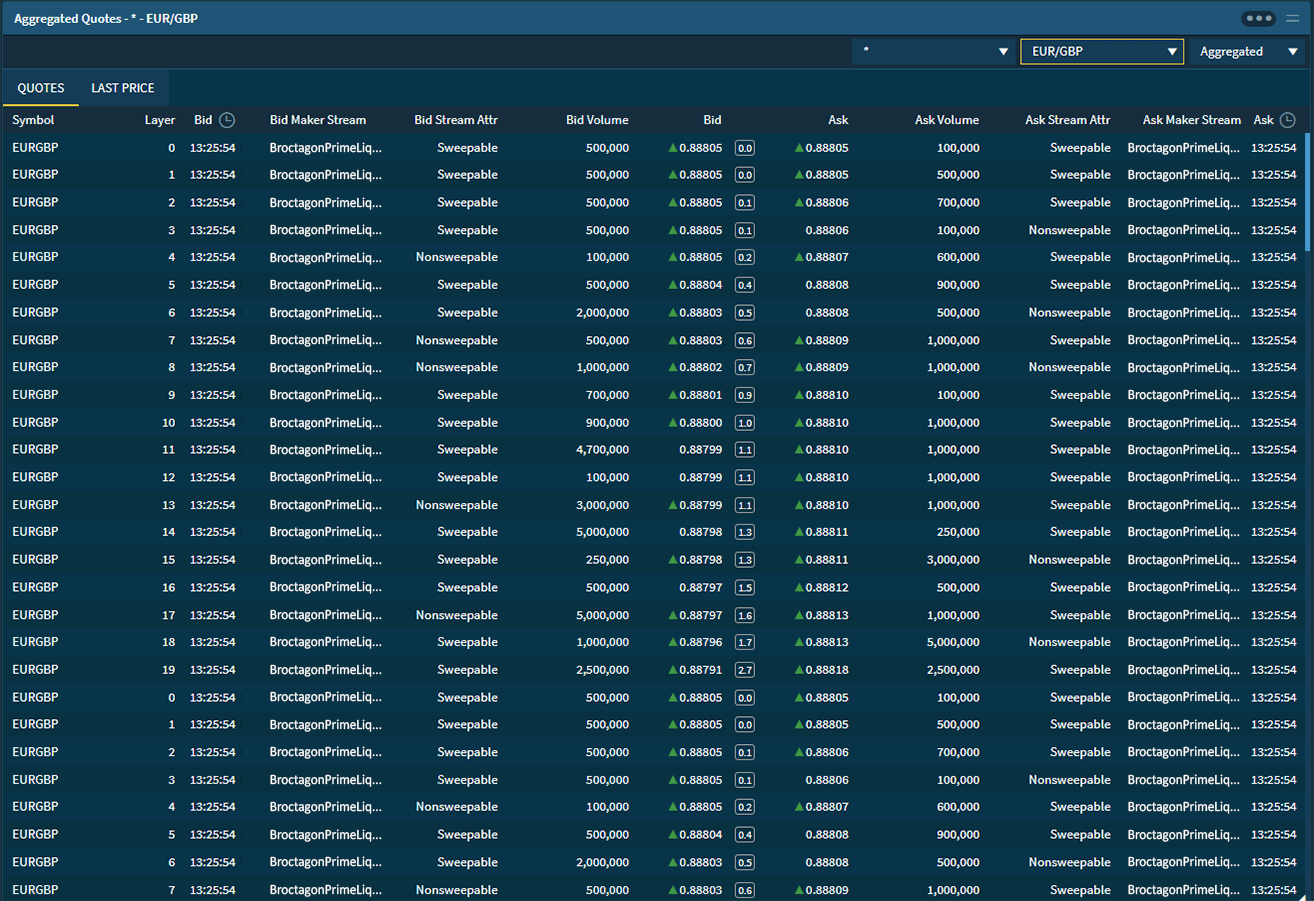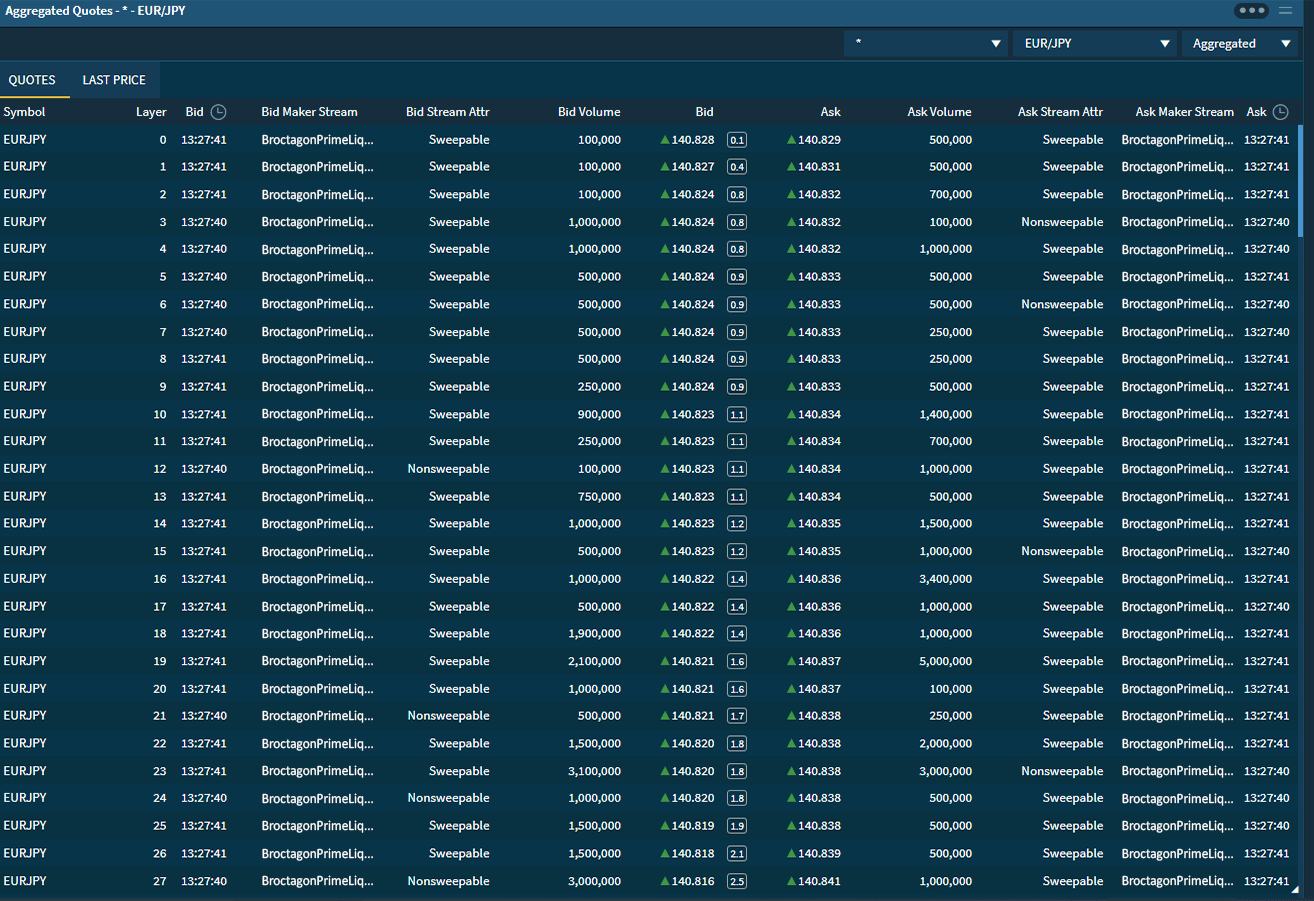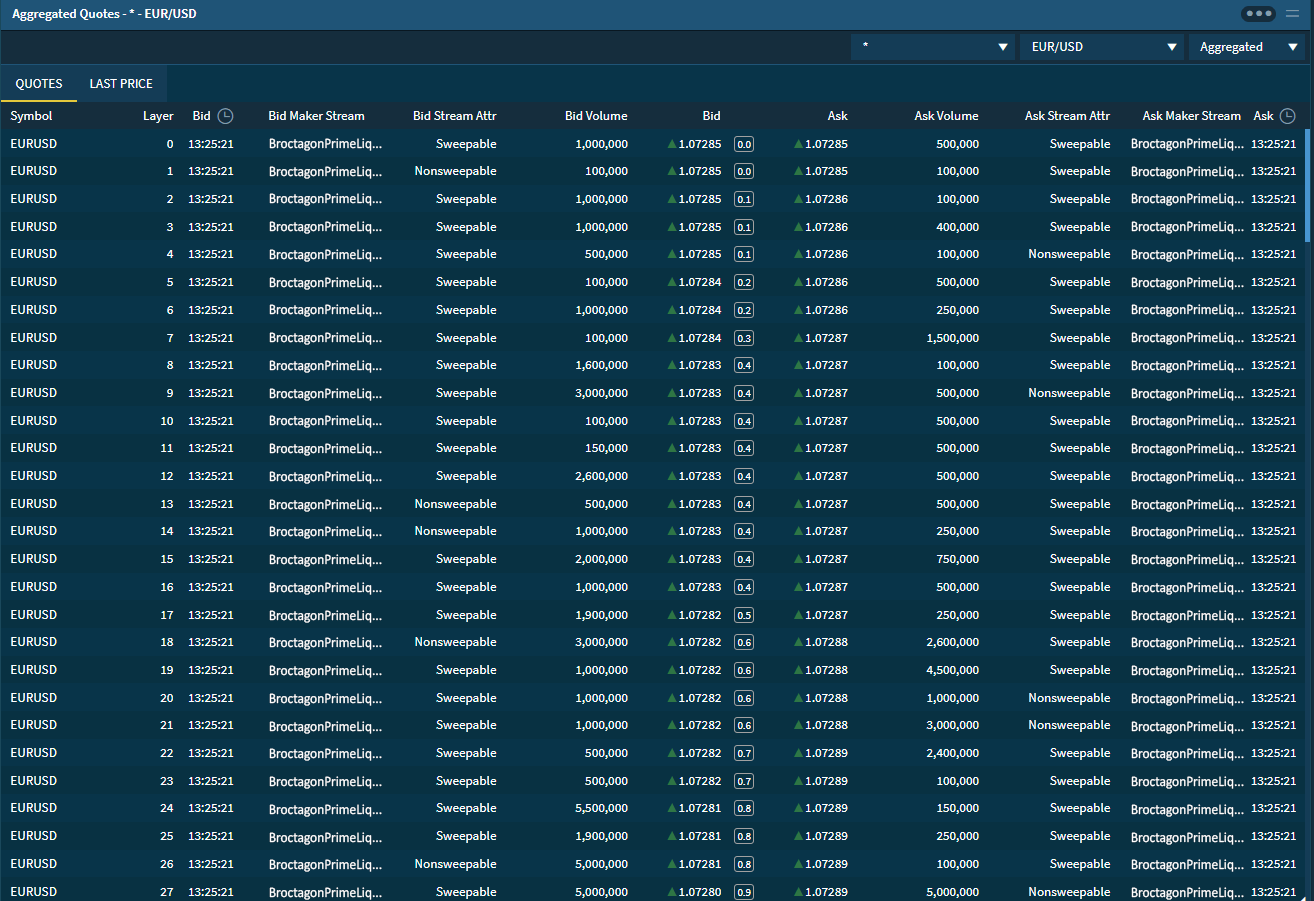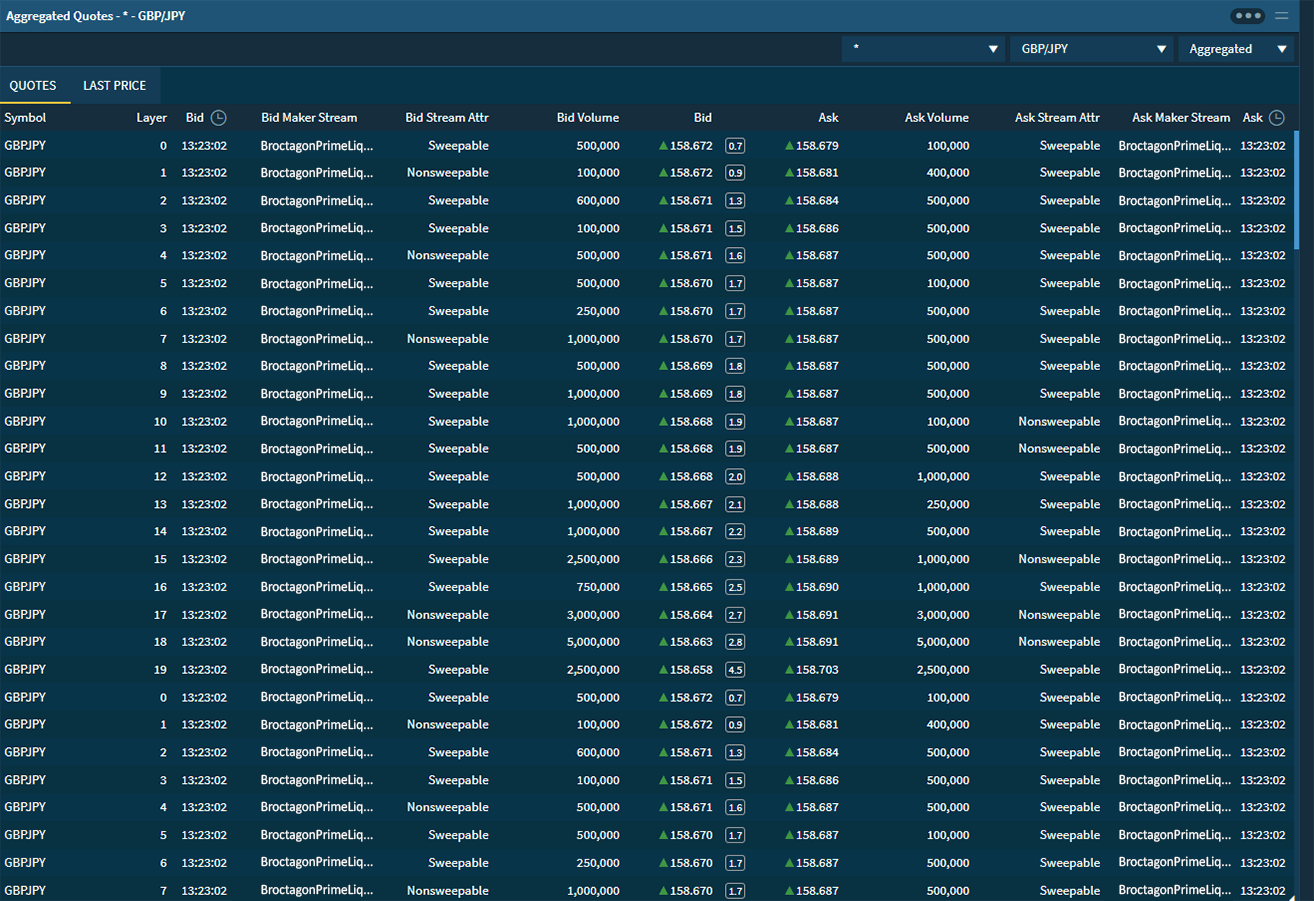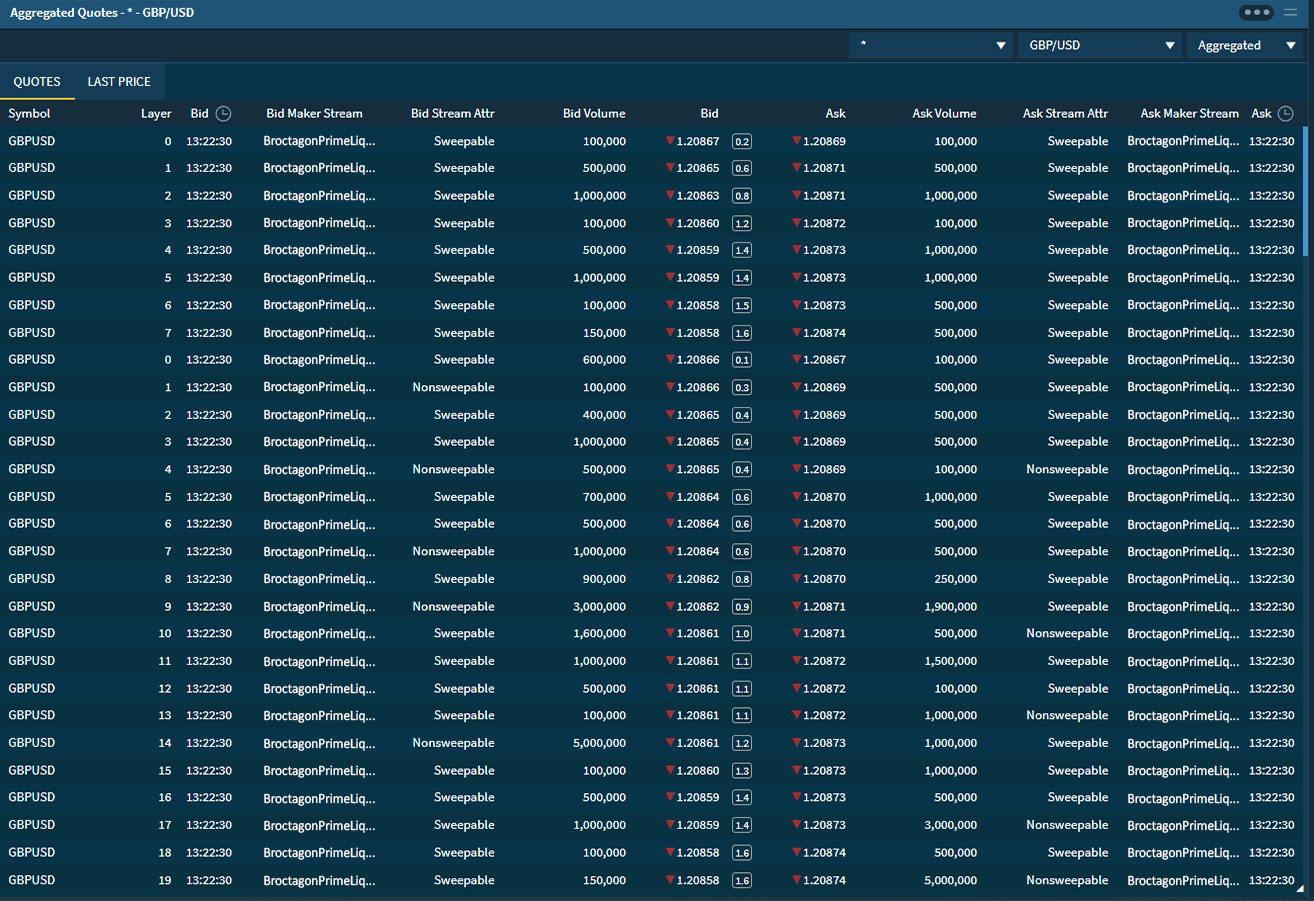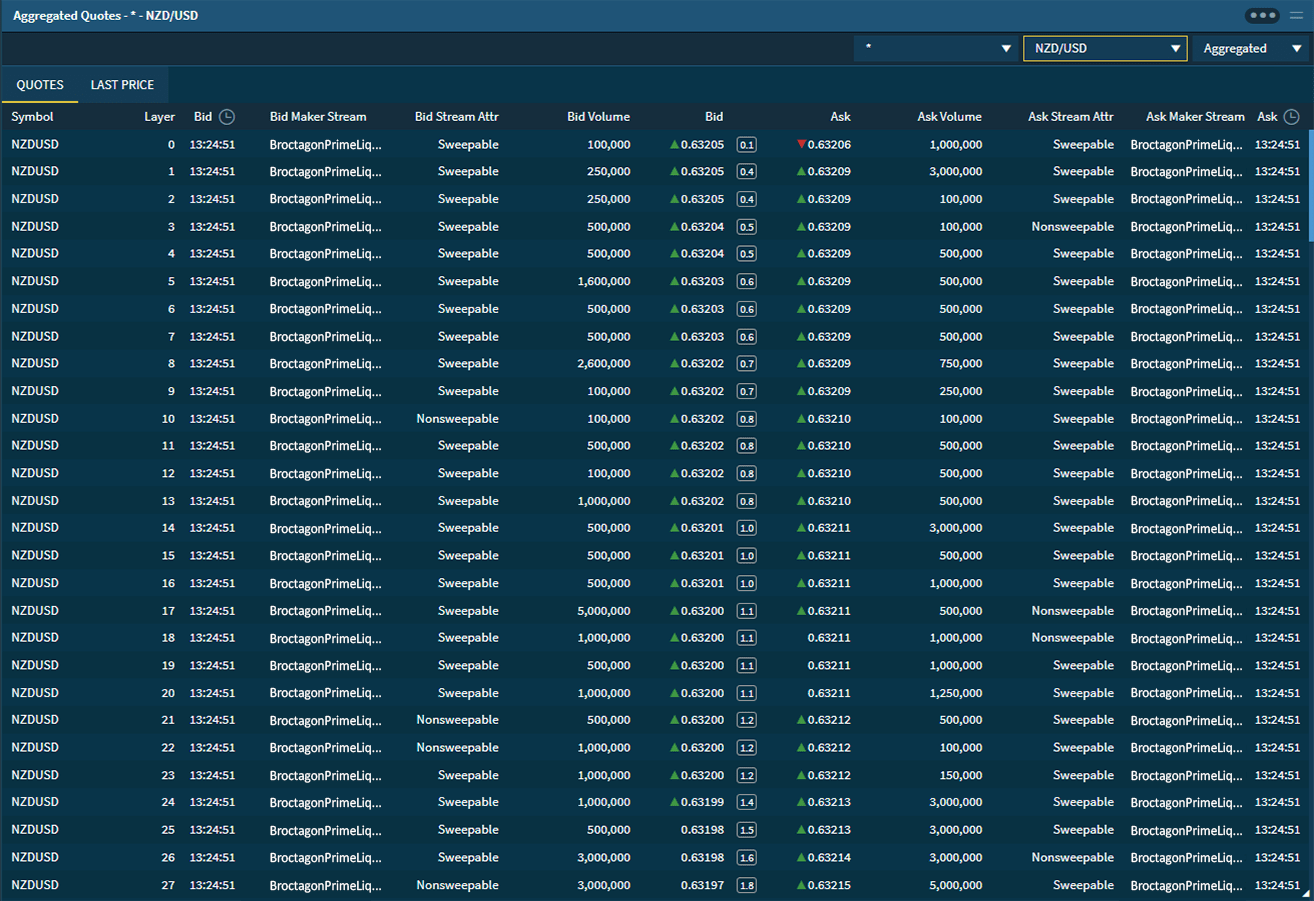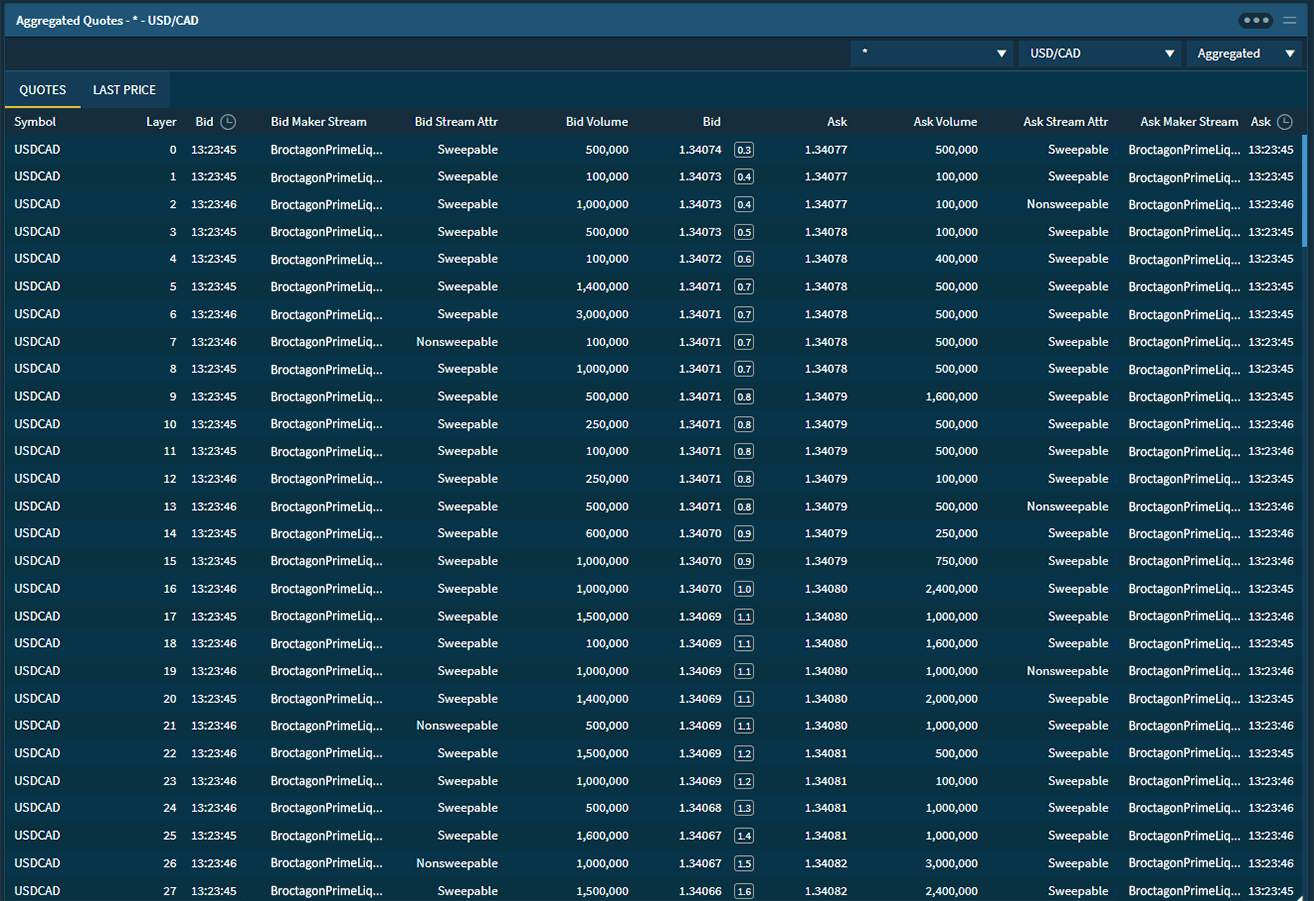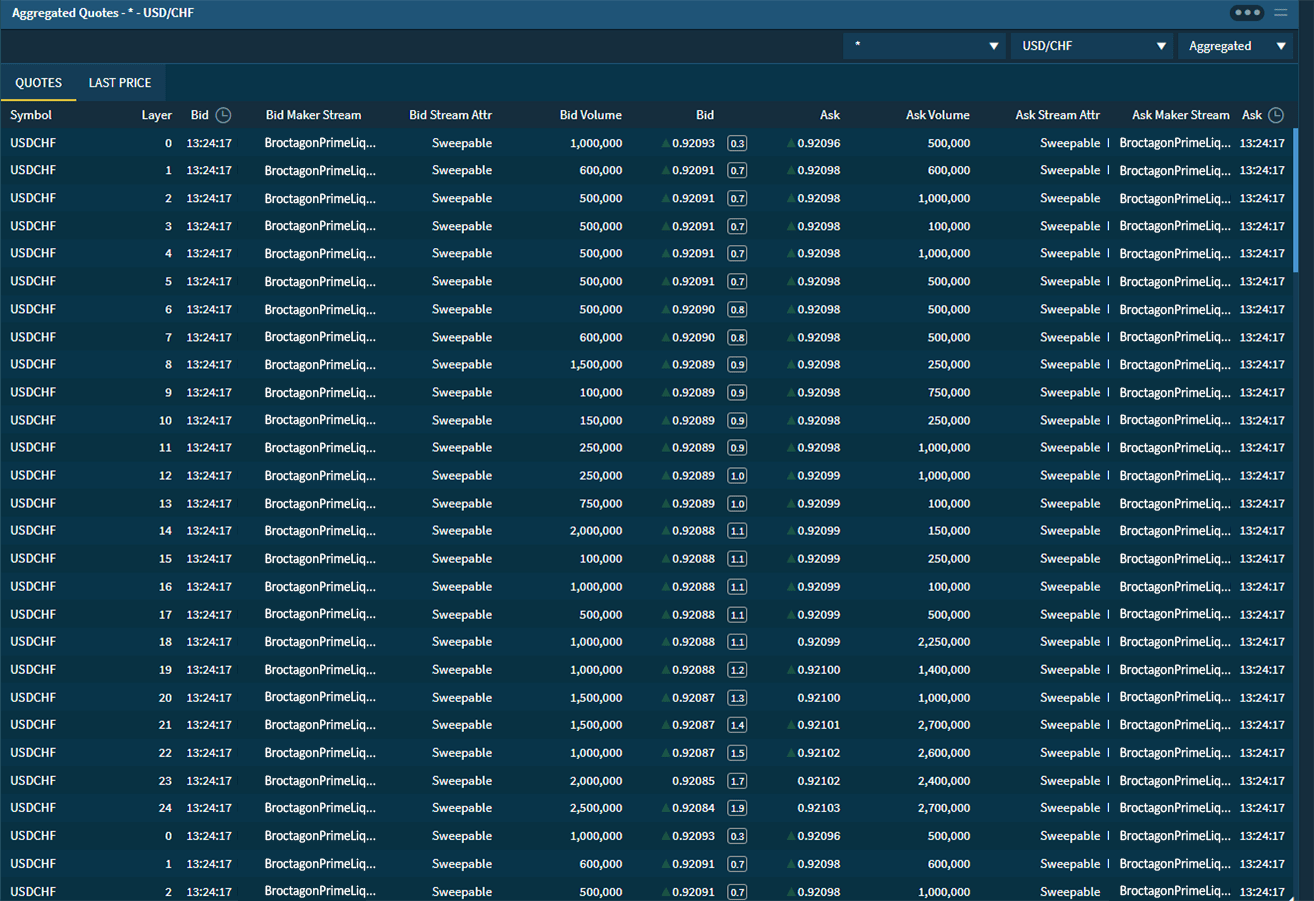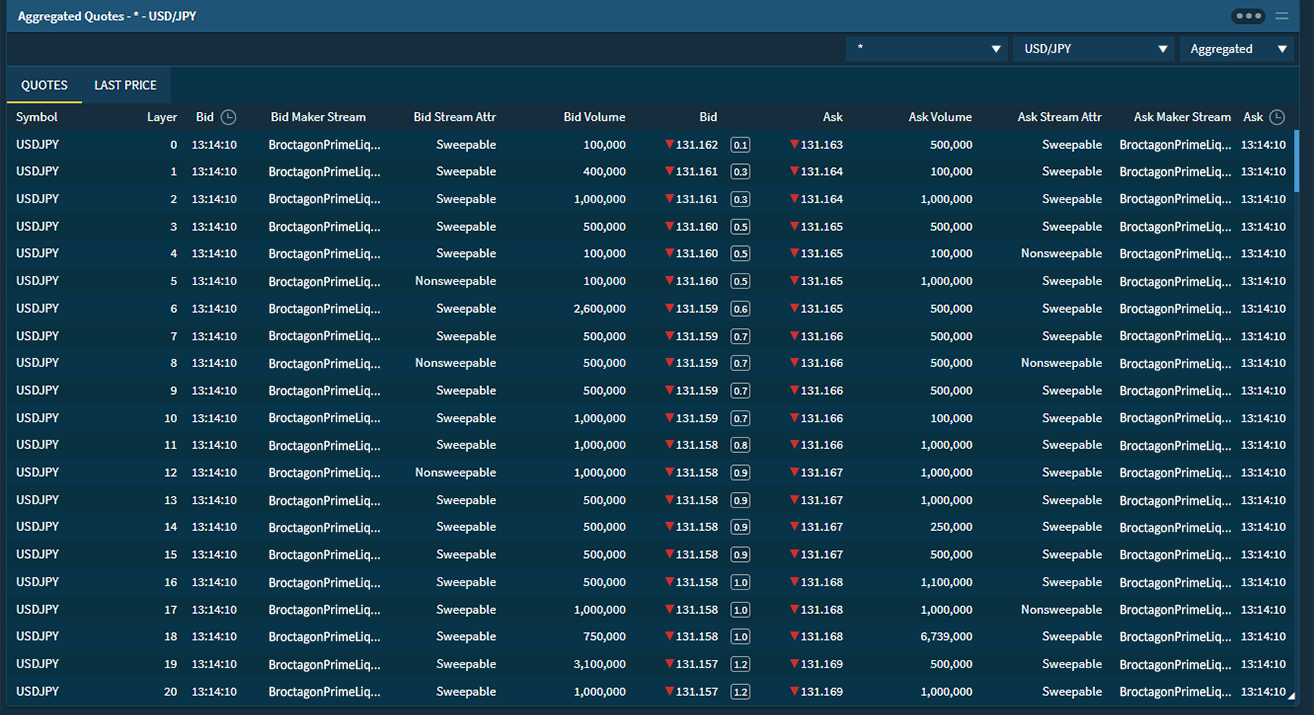How Can Trading Technology Propel Altcoins to New Heights?
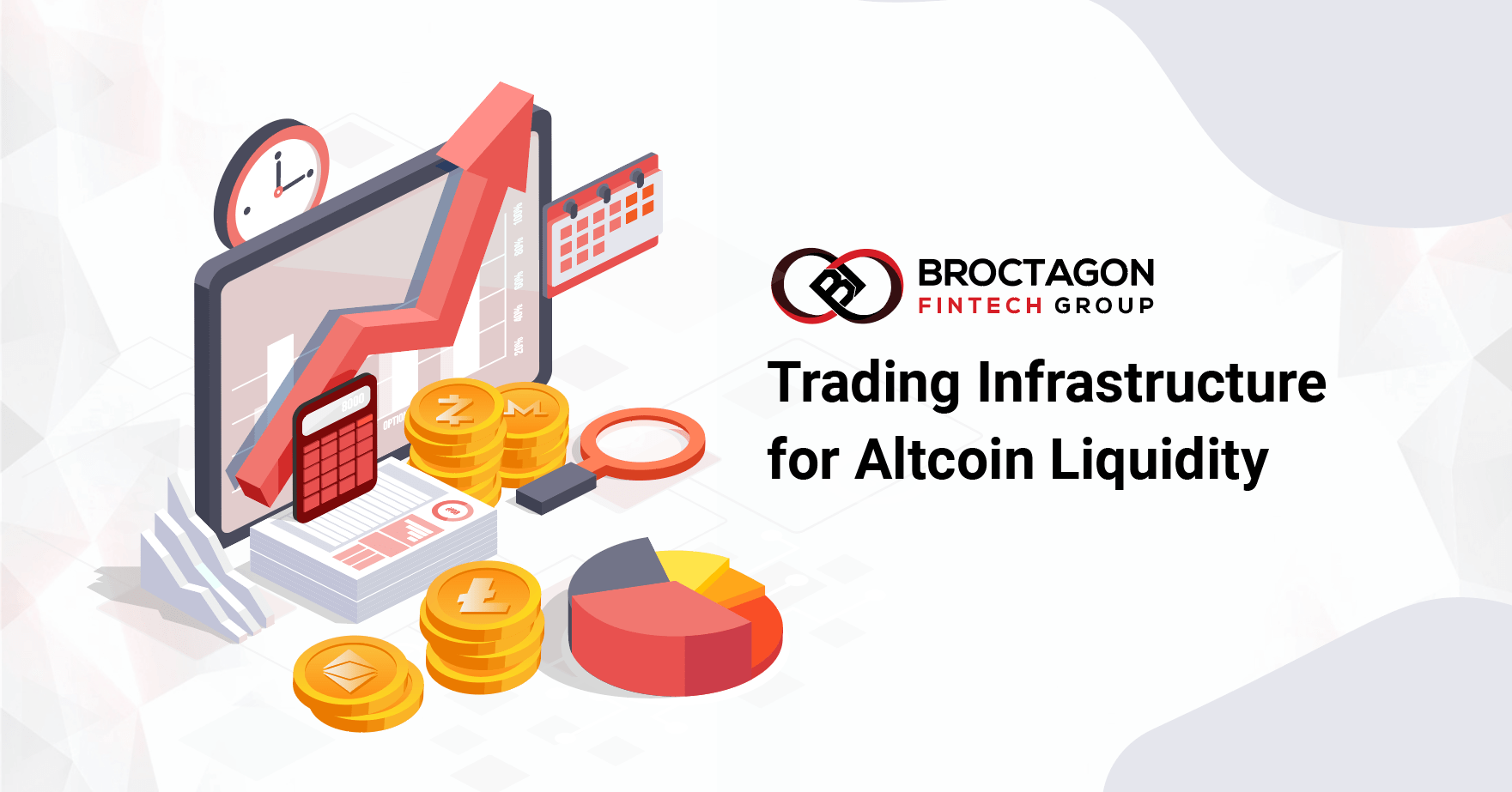
The cryptocurrency market remains bullish. Large businesses like Tesla and financial institutions like JP Morgan are now entering the market with enthusiasm. Although Bitcoin may be leading the charge, this demand is filtering to smaller coins too. But for them to truly take off, the market must address the chronic lack of altcoin liquidity. The infrastructure that underpins trading can be improved if exchanges introduce liquidity aggregation technology often used in other asset classes that can match buyers to sellers efficiently. By improving liquidity depth, altcoins can become a much more attractive asset to trade.
The Crypto Climate
The conditions for cryptocurrencies have never been stronger. Both structural factors and the traditional market uncertainty from the global pandemic have opened doors for Bitcoin to reach new highs. A perfect storm has emerged to crypto’s benefit; interest rates are low, extensive stimulus measures will drive inflation, and commercial and investment institutions have endorsed cryptos more than ever. All these themes are also likely to continue for years to come, suggesting the crypto market growth will sustain for the foreseeable future.
The fundamental goal of cryptocurrencies is to create a fairer, peer-to-peer currency system, free from external influence. People are increasingly recognising this and as the industry continues to grow, the need for sophisticated infrastructure to ensure efficient trading and liquidity for participants becomes evident.
Bitcoin’s Impact on Altcoins
With the bullish market sentiment, leading altcoins like Ethereum have shot up to a new record of $2,000 in the last month. It is unsurprising that price movement in the main altcoins directly impact that of the smaller ones. Investors are increasingly drawn to altcoins as an investment opportunity and evidence suggests that traders are channelling Bitcoin profits into altcoins. The main altcoins may be the primary beneficiaries of this for now, but investors are always on the lookout in unearthing the next “Ethereum”, amongst the many different altcoins ranging from utility tokens, non-fungible tokens, to exchange native tokens.
However, what keeps investors at bay is also the fact that Bitcoin and Ethereum alone dominate more than 50% of market liquidity while a multitude of altcoins vie for the rest.
Crypto Infrastructure Needs to Be Elevated
The success of Bitcoin and Ethereum alone is not enough to make crypto mainstream. Therein still lies many obstacles when tens of thousands of coins are fragmented across thousands of exchanges, with illiquidity impeding their growth. Currently every exchange is operating in a siloed manner, matching orders from buyers and sellers on a local order book. The combination of low trading volume and high volatility often result in huge slippages and spreads, therefore creating huge price disparities in altcoins with significant variations between exchanges.
This is particularly problematic for institutional participation where trade volumes are much more substantiable. Major investors are therefore cautious about trading these assets because the potential losses from inefficient trading are too much to ignore. Sufficient liquidity on both entry and exit is a must to encourage broader market participation.
There’s no question that the crypto industry infrastructure now is much more advanced than the previous bull run in 2017. But for trading to expand into more altcoins, it must address these underlying issues and focus on liquidity provision imminently. Exchanges must evolve to the next phase of maturity through aggregation technology to create a global unified liquidity pool. By achieving this, the industry can overcome a problem that has shadowed cryptocurrencies since Bitcoin was invented.
About Broctagon Fintech Group
Broctagon Fintech Group is a leading multi-asset liquidity and FX technology provider with over 15 years of global presence across China, Hong Kong, Malaysia, India, Thailand, and Armenia. We deliver performance-driven, bespokesolutions to more than 350 clients in over 50 countries, offering institutional-grade liquidity, brokerage and prop trading solutions.


